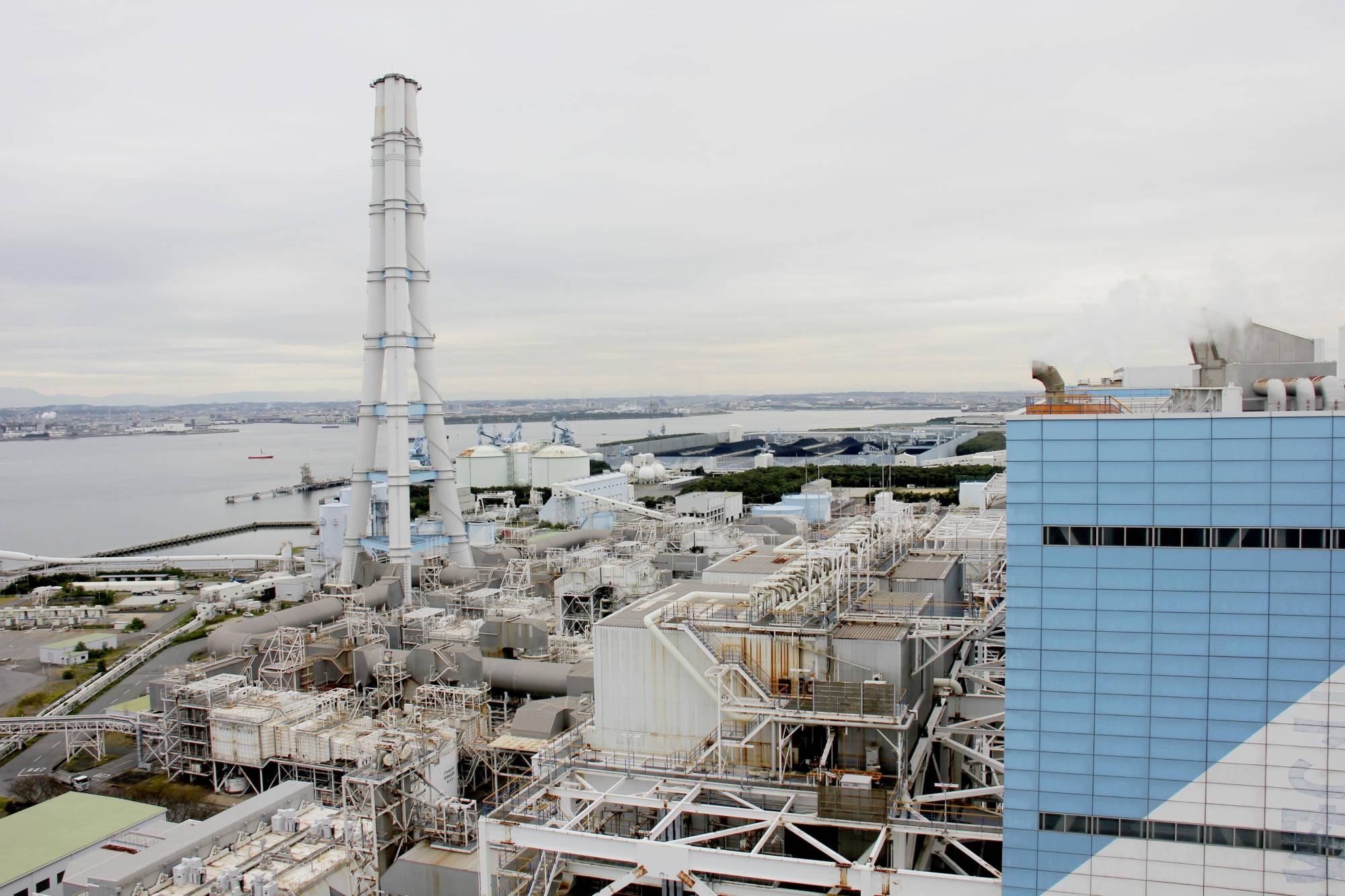The specter of a power outage affecting millions of households in the Tokyo metropolitan area was averted by a hair’s breadth last week, but it nonetheless served as a stark reminder of the importance of having sufficient backup power supplies to tide over unexpected thermal plant shutdowns when hit by major earthquakes.
But that is easier said than done. While European power producers are planning to go big on expanding solar and wind power to meet the vast majority of the European Union’s carbon-neutral targets by 2050, experts say Japan’s limited availability of flat land and its steep coast lines, as well as frequent quakes and typhoons, will likely make it extremely difficult to rely on solar and wind power alone to achieve net zero.
With that as the backdrop, Japan’s top power producer Jera Co., which accounts for about 30% of power produced in the country, is making the firm’s biggest bet yet on ammonia and hydrogen, which Japan considers key to realizing a carbon-free future, as they do not produce carbon emissions when used as fuel for power generation. And its ambitions are not limited to its home country, as it sees a potential to help some other countries, especially in Southeast Asia, attain net-zero emissions by midcentury as part of common climate goals under the Paris Agreement.



